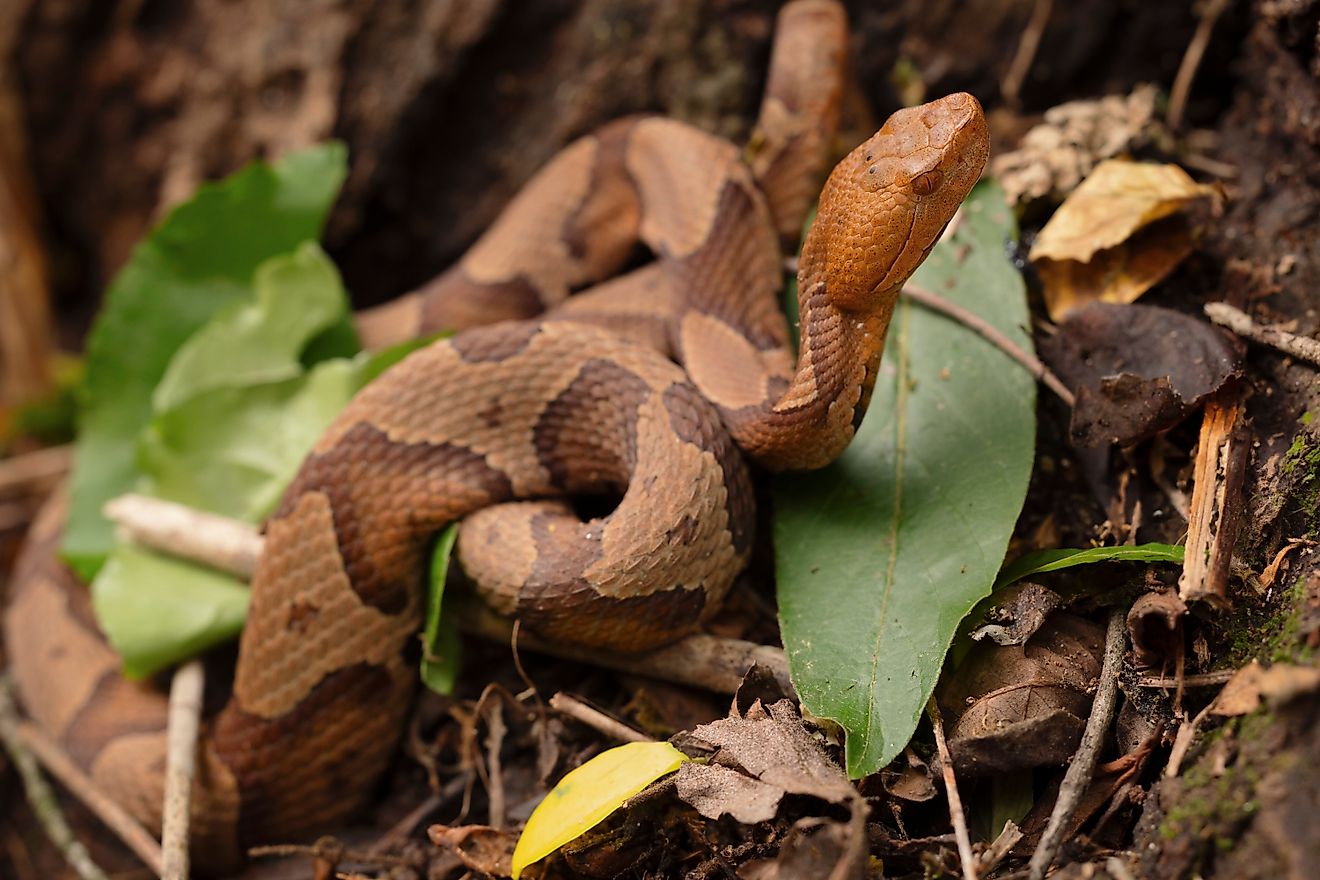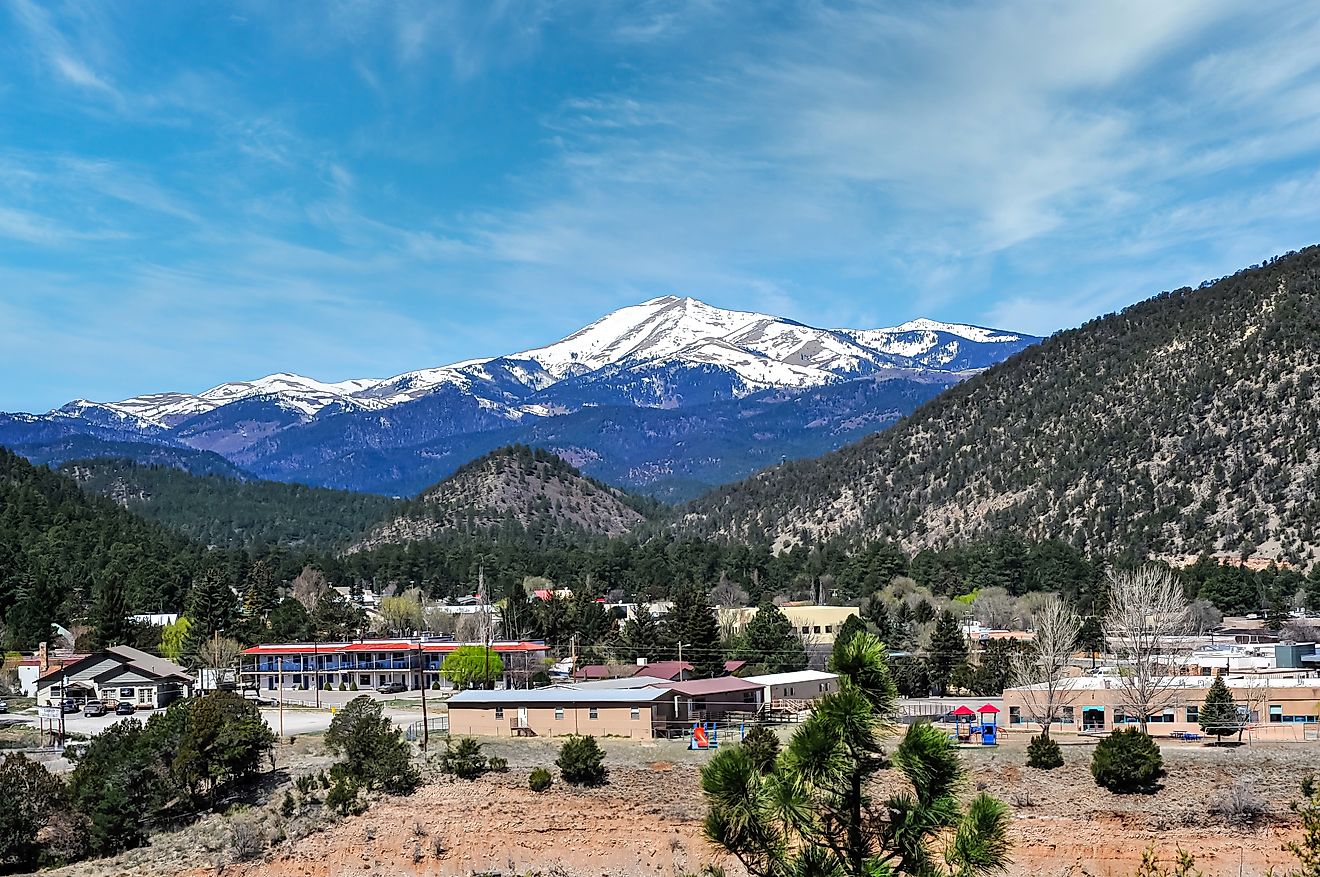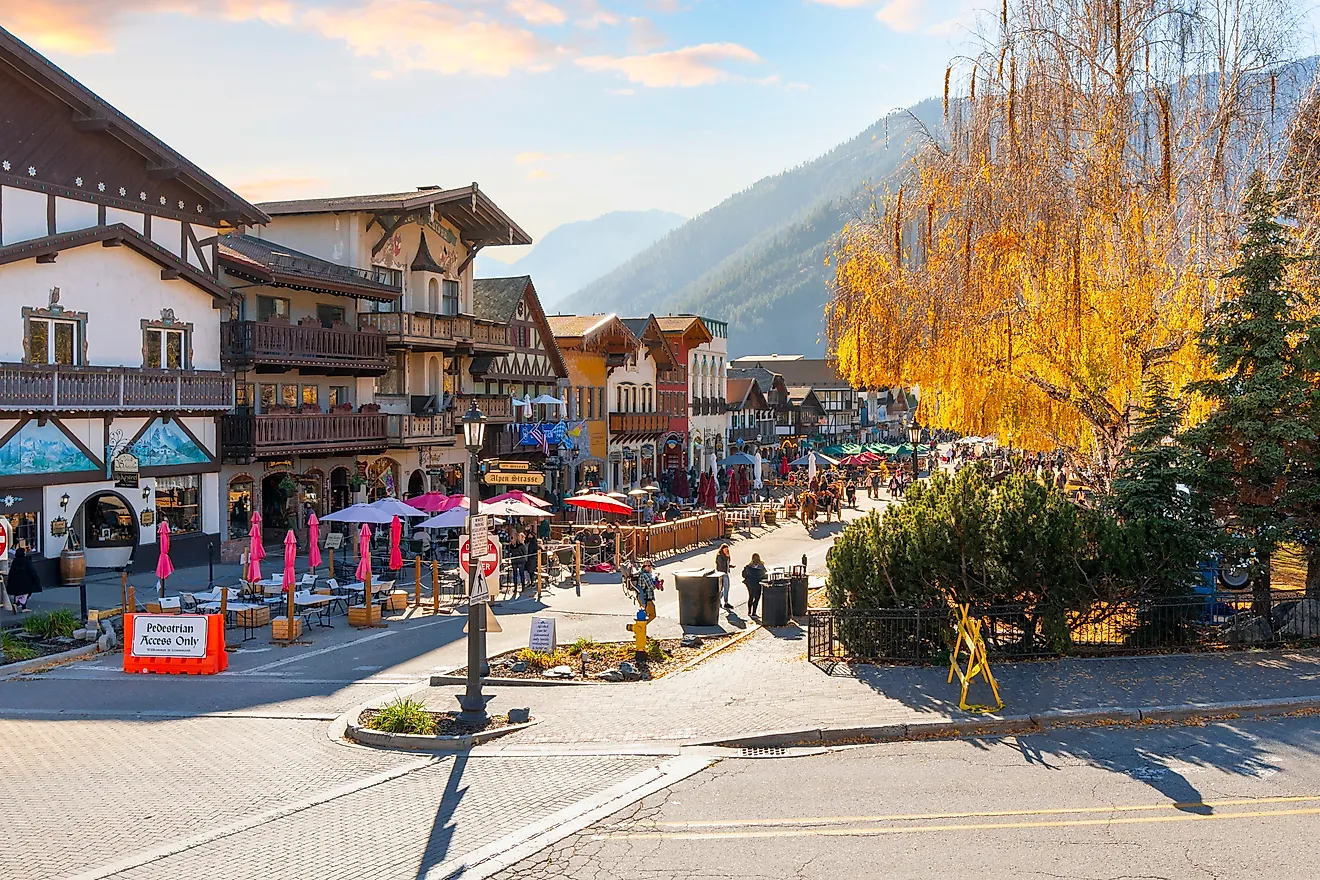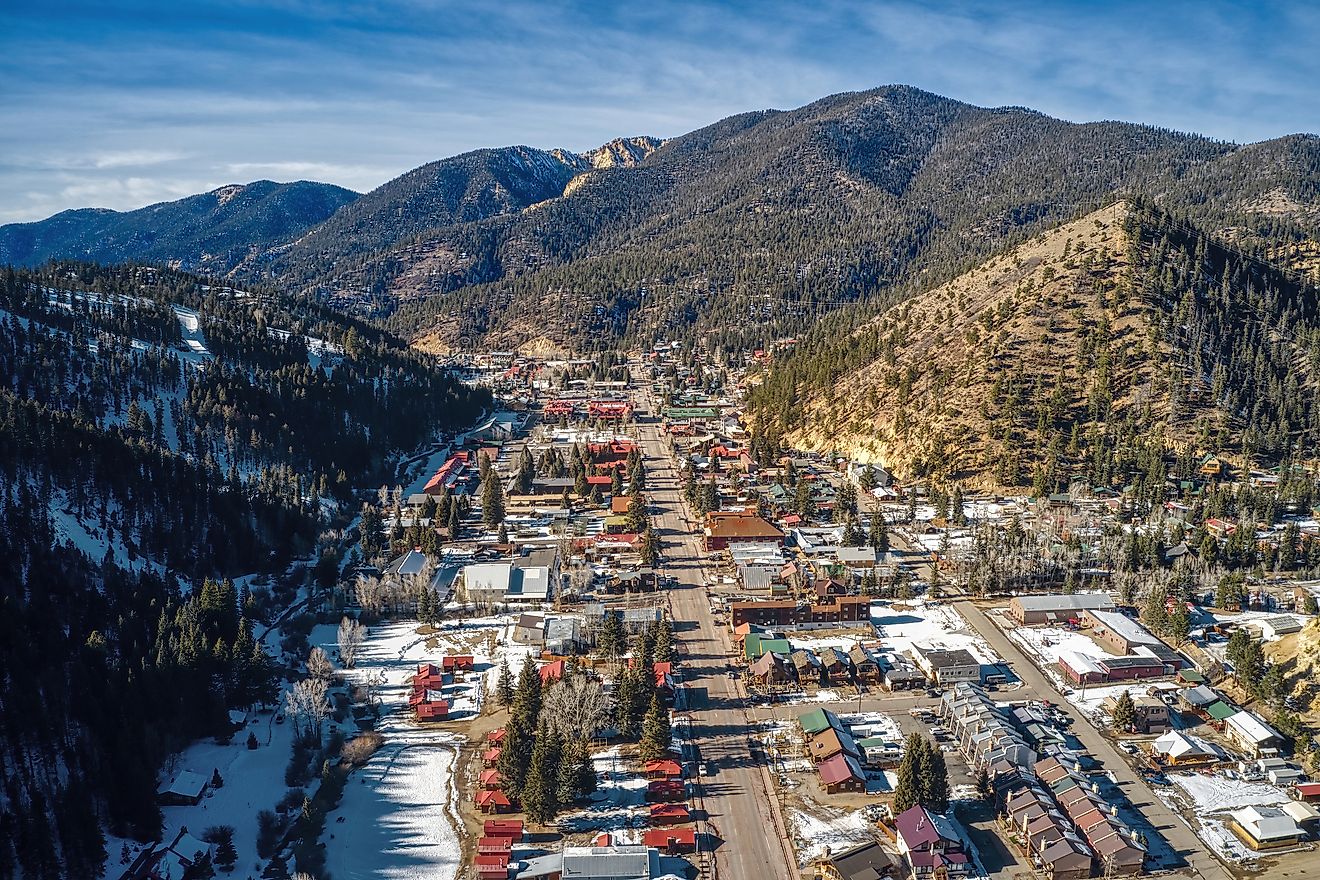Great Himalayan National Park, India
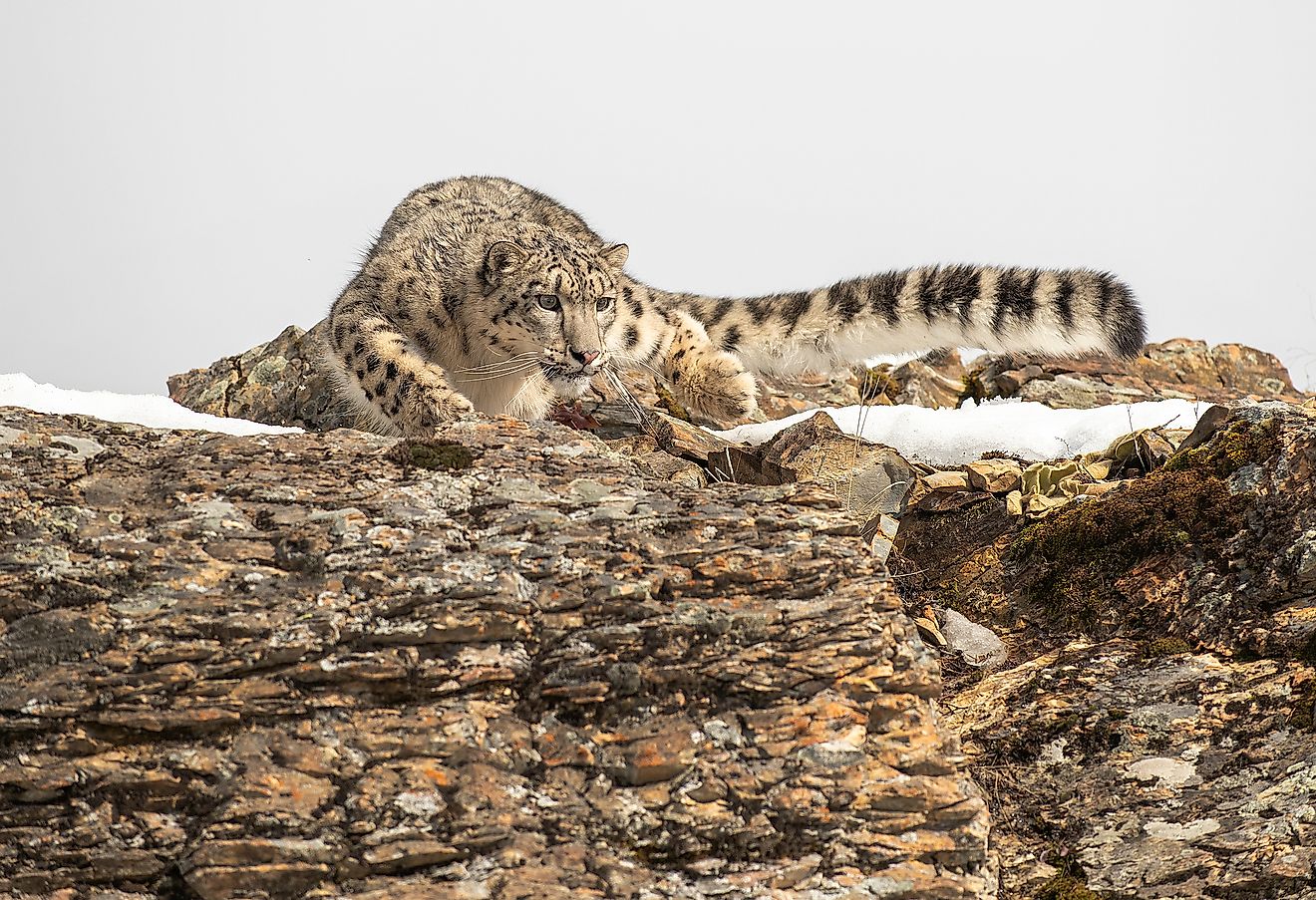
The Great Himalayan National Park is located in the Kullu region of the state of Himachal Pradesh, in the northern part of India. It is situated along the Himalayan mountain range, meaning the majority of the park is at a very high altitude. Because of this mountain range, the elevation increases from 1500 to 6000 metres and offers stunning views, impressive rocky terrain, and a variety of habitats for mountain dwelling flora and wildlife.
Contents:
History
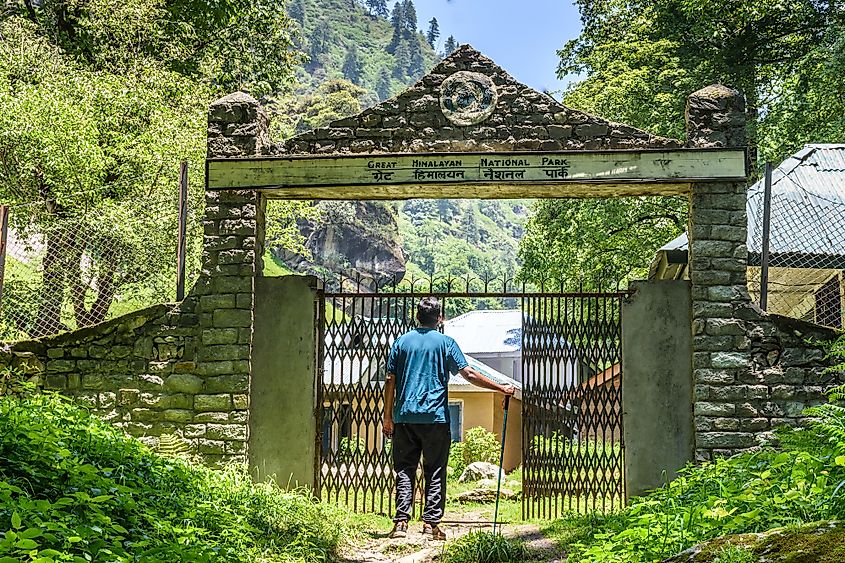
The Great Himalayan National Park was initially formed in order to protect and foster wildlife. The region that is now the park first received protection under the Wildlife Protection Act in 1972. The process from the initial creation to the park being a full fledged world heritage site, however, had many steps. First, the Himachal Wildlife Project surveyed the Kullu district from 1980-83 in order to determine the best area for the park. It was recommended that the Banjaar area was best suited to a National Park. Once the decision was made to proceed, it took several years of settlement agreements with locals in the area before the creation of the park could officially begin. This process lasted all the way until 1988.
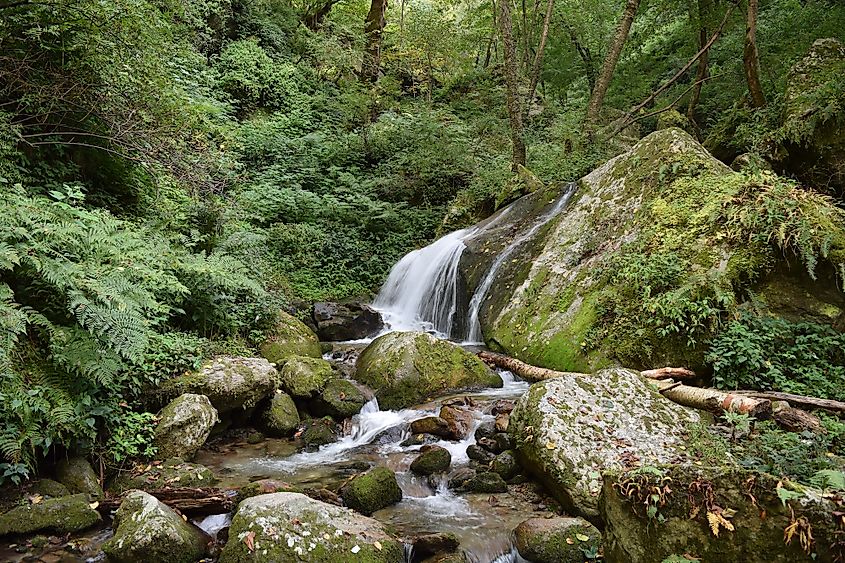
From 1994 to 1999, the World Bank agreed to fund an eco development project called the Conservation of Biodiversity project. Partnerships were formed between the park committees and the community in order to strengthen conservation efforts.This also meant that in 1999 compensation was awarded to local communities deemed to have traditional rights to the area. The early 2000s brought an increase in research, including work with SAHARA (Society for Advancement of Hill and Rural Areas), as well as research projects led by the Wildlife Institute of India. A proposal to name the Parvati watershed as Khirganga National Park was passed in 2010, which furthered conservation efforts in the Himalayan National Park and surrounding areas. Finally, in 2014, UNESCO World Heritage Site status was awarded to the great Himalayan National Park.
Landscape
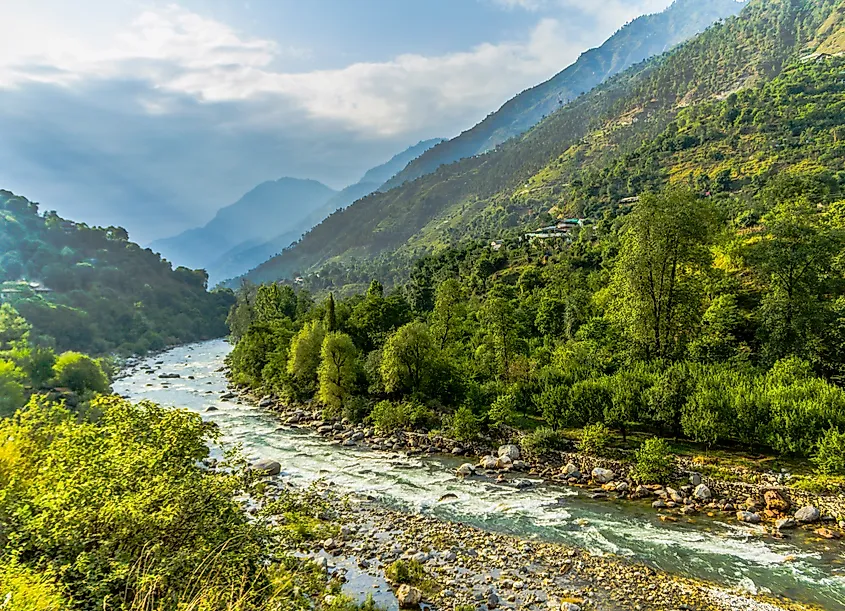
The Great Himalayan National Park is roughly 1171 square kilometers in area. Its location along the Himayan mountain range means its landscape and geography are diverse. The park is also at the junction of two major faunal realms. These are known as the Indomalayan, which is in the southern part of the park, and the Palaearctic which lies to the north.
The mountain ranges provide the majority of the landscape, meaning rocky and sharp ranges and outcropping are common. Also due to the high elevations, regions at the highest altitudes generally experience snow year round. These are considered ‘permanent snow bound areas’ and are at the top peaks of the mountain range. Rocky barren land usually surrounds these snow caps, which lead into Alpine meadows. At the lowest elevation are the dense forests.
Flora
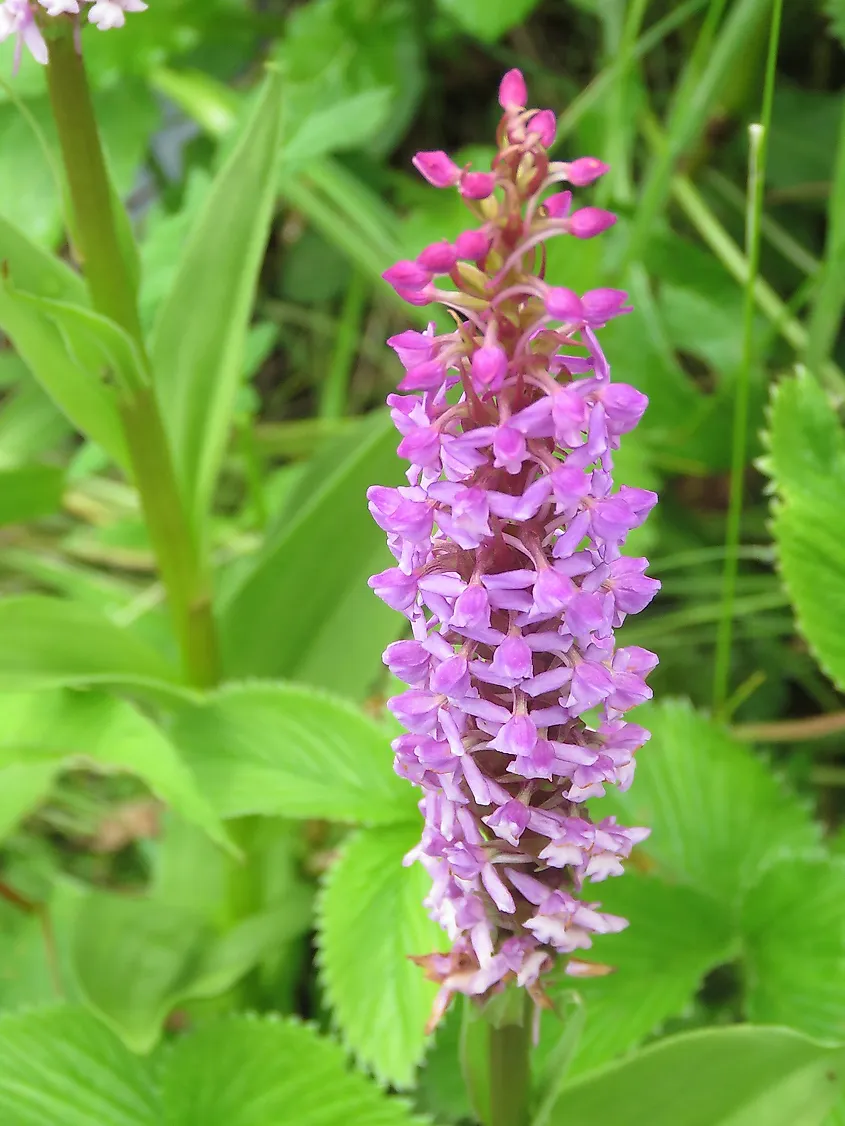
Because the Himalayas are so remote, and also vary in elevation, plant diversity is high in these areas. Without large numbers of humans to destroy natural areas, most vegetation has been able to thrive unharmed. Though some agriculture and cattle grazing does occur here, it is generally on a small scale, and has not drastically affected the state of natural ecosystems.
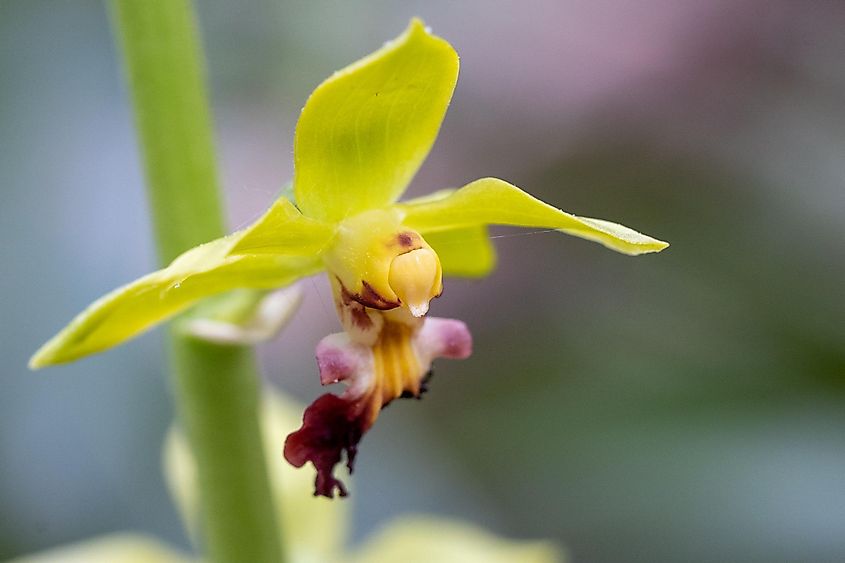
It is estimated that over 25,000 different species of plants can be found in the Himalayas. This means the area is home to roughly 10% of all plant species on the planet, and roughly half of all recorded endemic plants in all of India. Of these 25,000 species, roughly 7,000 are fungi, 1,000 are lichen, and 2,000 are what are known as bryophytes which include mosses and worts. Flowering plants and ferns are also quite common in this region.
The park itself has registered some 832 different plant species, which include plants from 128 different families and 427 genera. These plants make up 26% of the total flora of Himachal Pradesh.
Fauna
The Great Himalayan National Park is not only home to a wide variety of plants, but also many different species of animals, despite the seemingly harsh mountain conditions. Some 240 mammals, 218 different fish, 149 reptiles, 74 species of amphibian, and 528 species of bird have all been recorded living in the area. Most of these animals are protected under the Indian Wildlife Protection Act, and hunting has been banned in the area for over a decade.
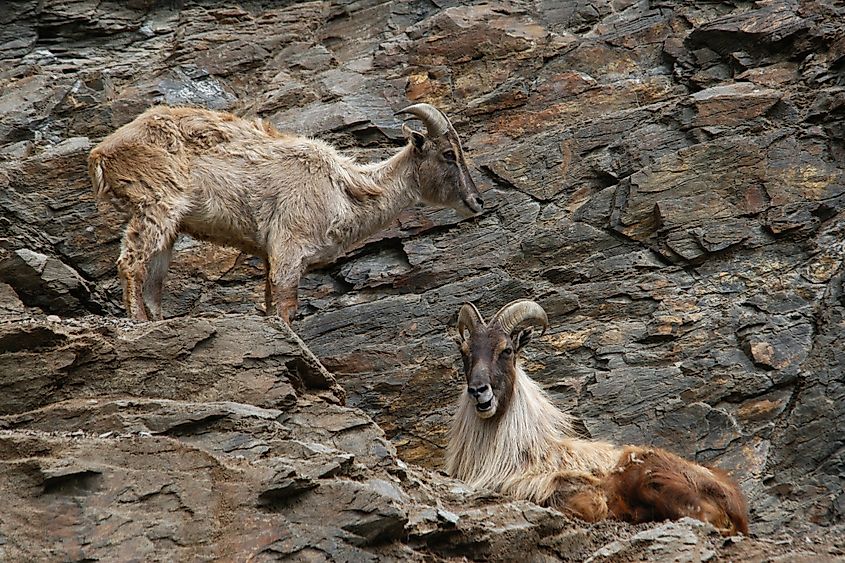
Due to the mountainous nature of the region, most of the animals that live here are those well adapted to rocky terrain and high altitudes. Because of this, animals such as goats, deer and sheep thrive. Musk deer and Himalayan tahr live among the rough mountain ranges within the park. The Great Himalayan National Park is also home to the blue sheep, or bharal which do well in the sparsely populated high altitudes of the mountain range.
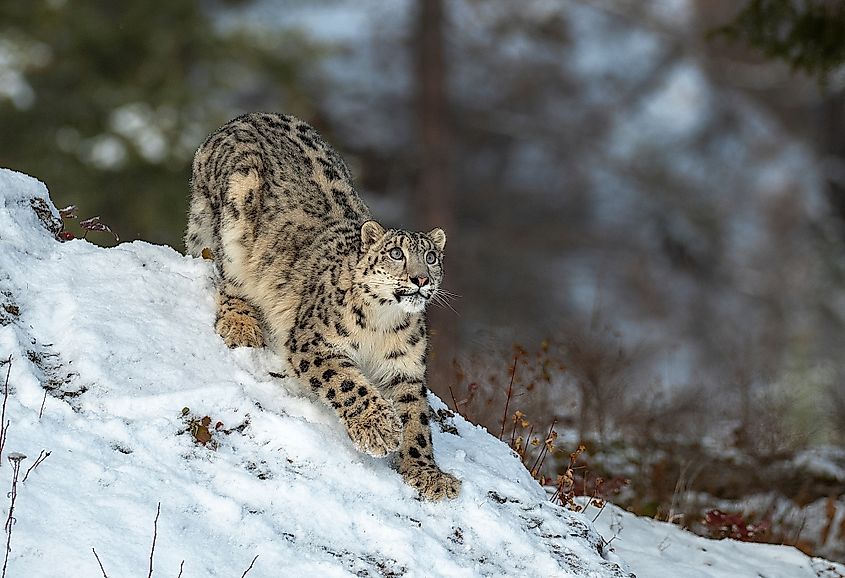
These sheep are also primary prey for one of the Himalaya’s other major animals, the snow leopard. The snow leopard, also known as the once, is listed as vulnerable in the IUCN red list of endangered species. These majestic and powerful predators live in some of the most remote areas of the world, including the peaks of the Himalayan mountain range, and, as their name suggests, thrive in snowy landscapes and cold weather.
Another predator found within the region of the park is the Himalayan brown bear. This species is also listed as vulnerable according to IUCN, and are now protected under the Indian Wildlife Act. They live in mountainous meadows and valleys, where the terrain is more open.
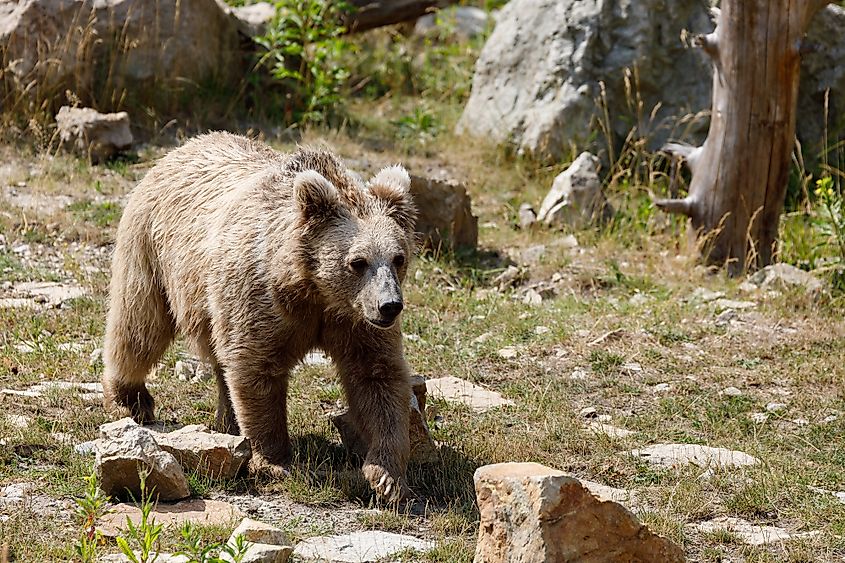
Like most bears, the Himalan brown bear is omnivorous, meaning it eats a mixture of plants and animals. Despite their size, they can often be seen feasting on various grasses, roots and plant bulbs, as well as insects. For larger prey, they will hunt small mammals such as marmots, pikas and voles and will even eat mountain goats or sheep if needed. Both poaching and habitat loss have threatened the numbers of bears and leopards in the wild, making protected areas like the Great Himalayan National Park all the more important.




